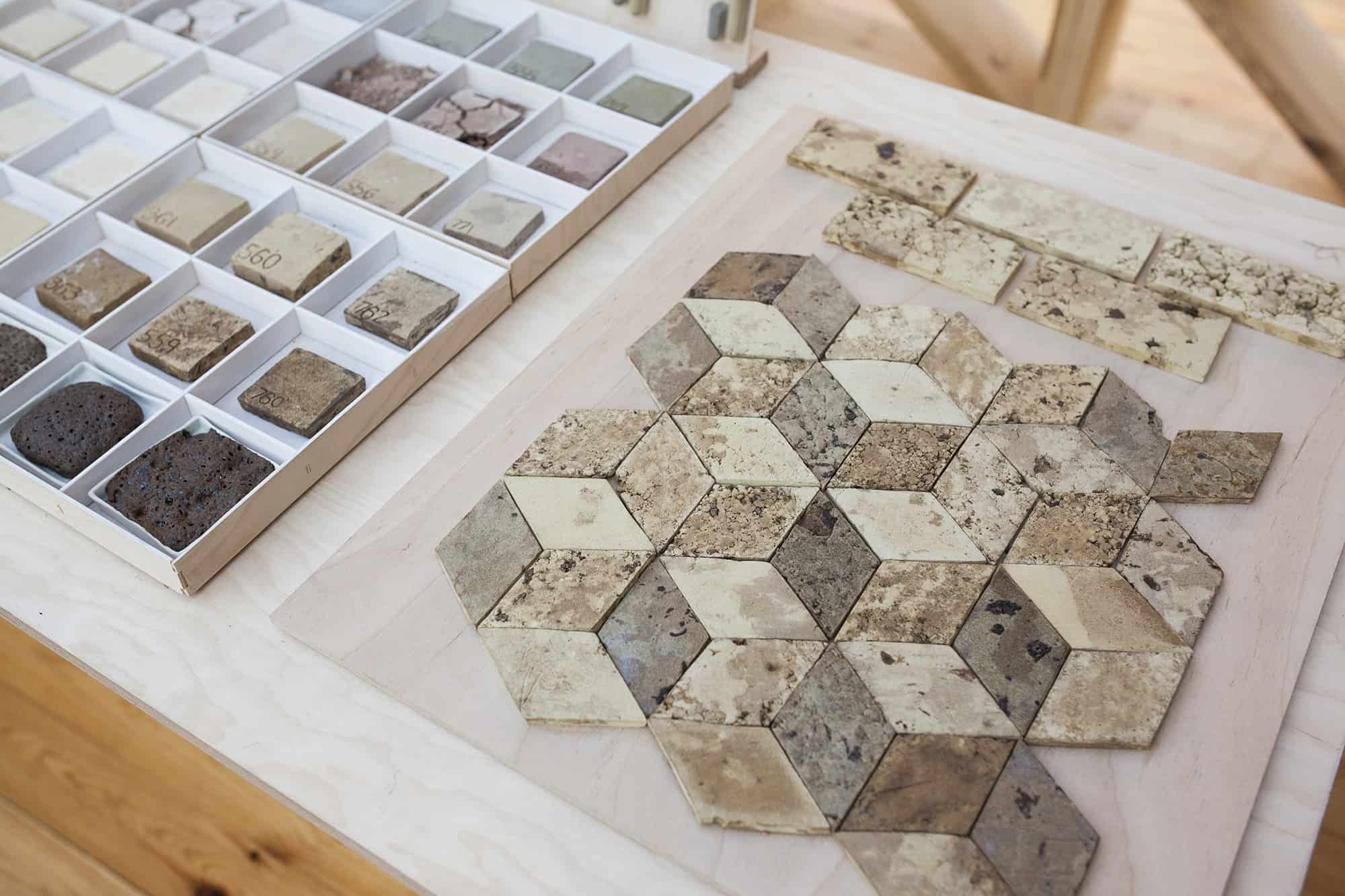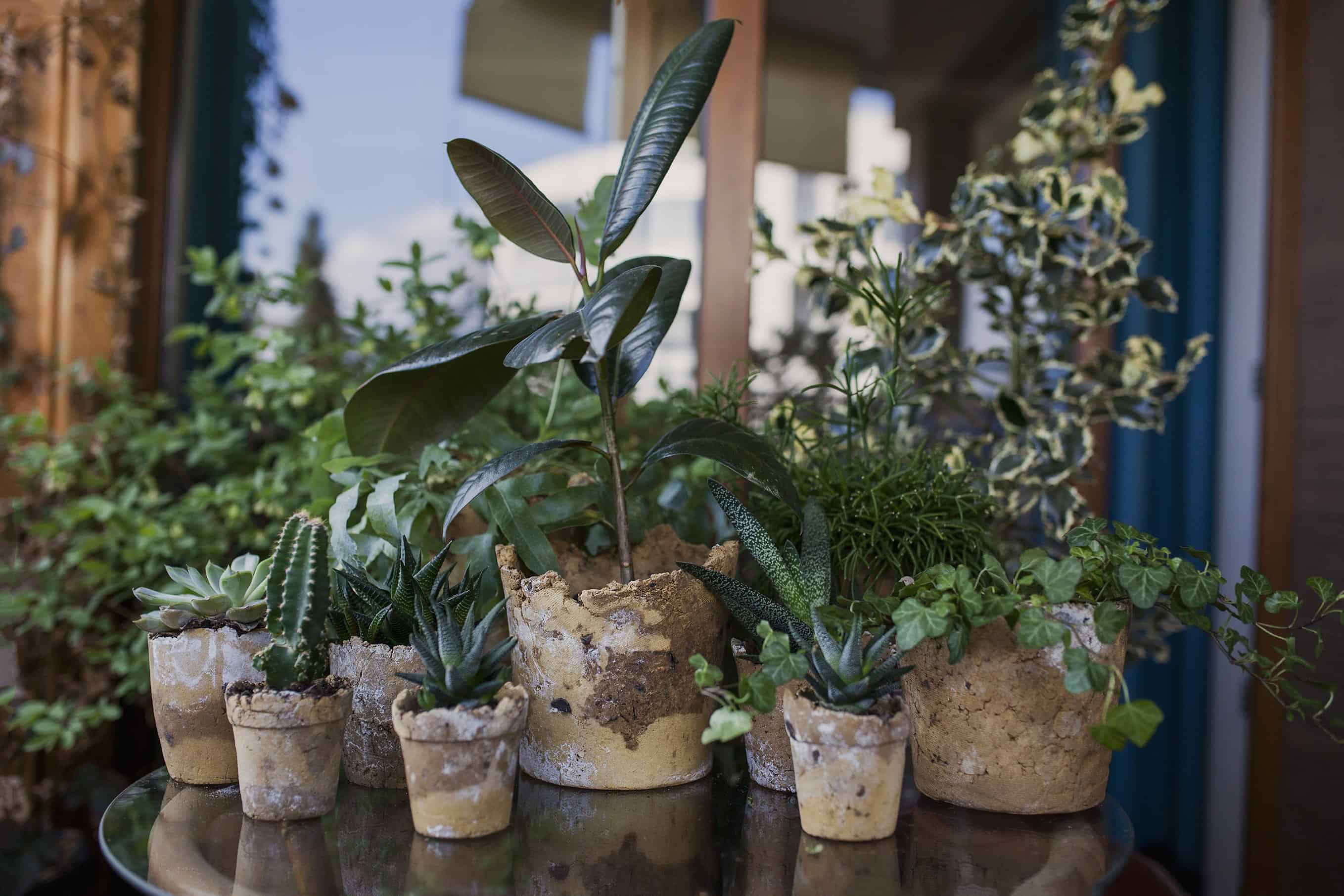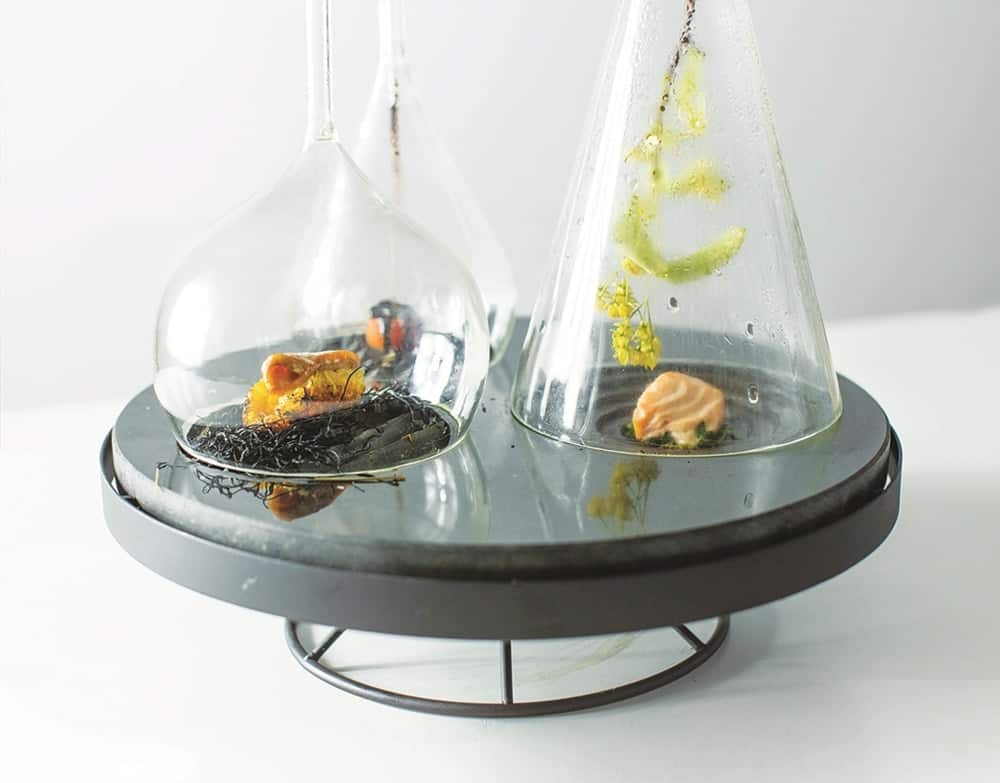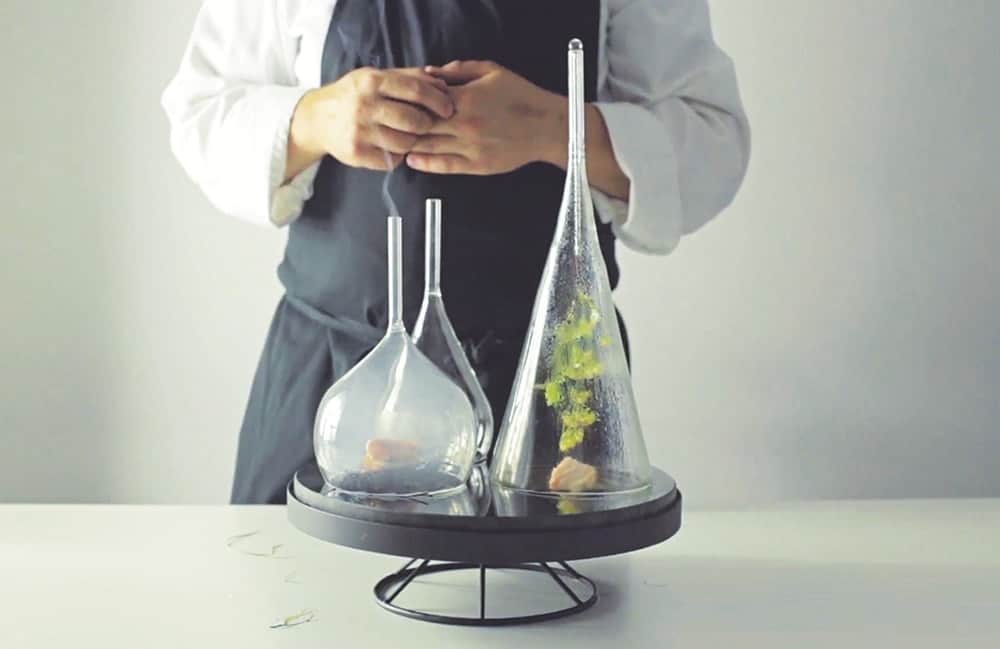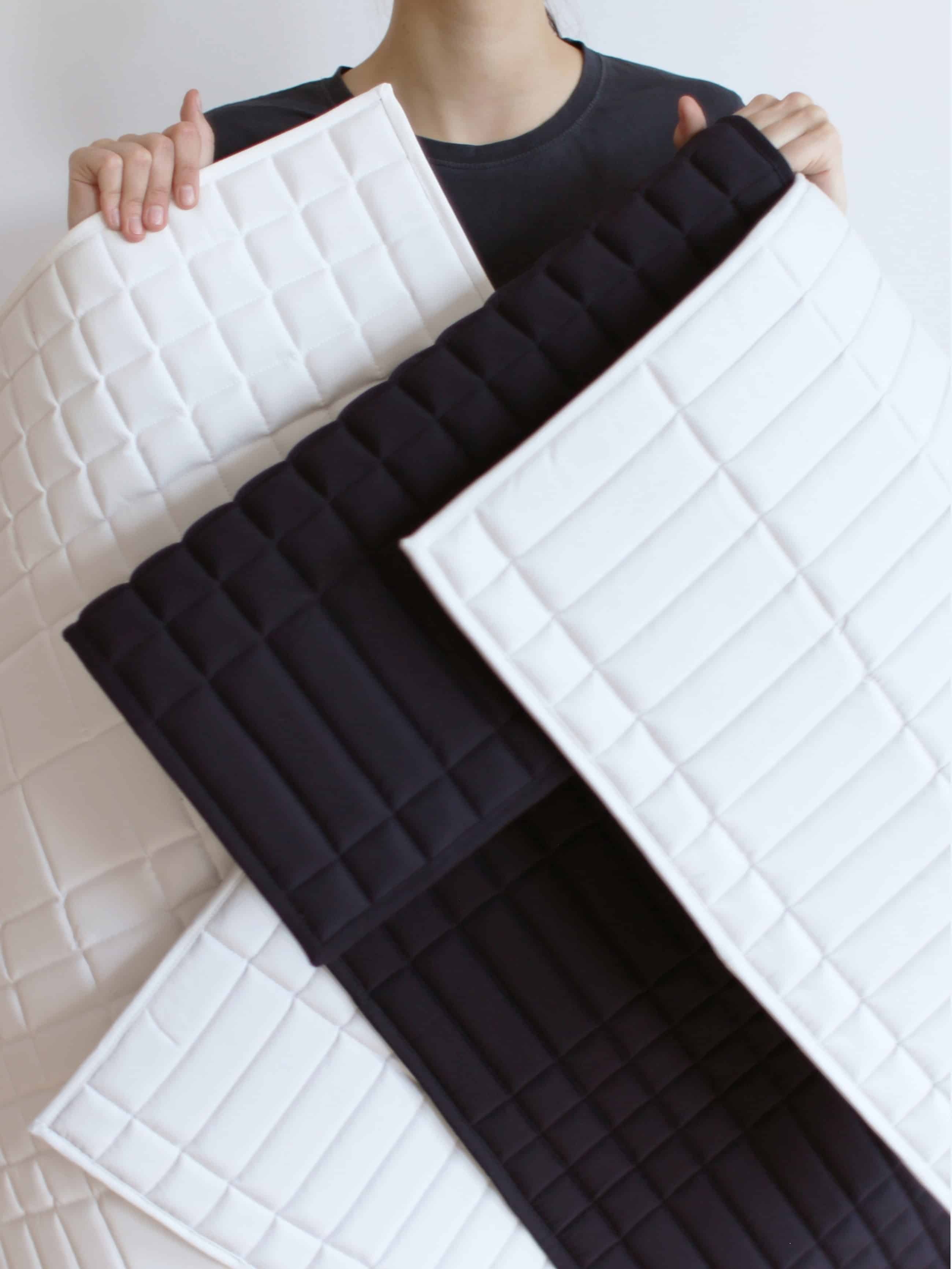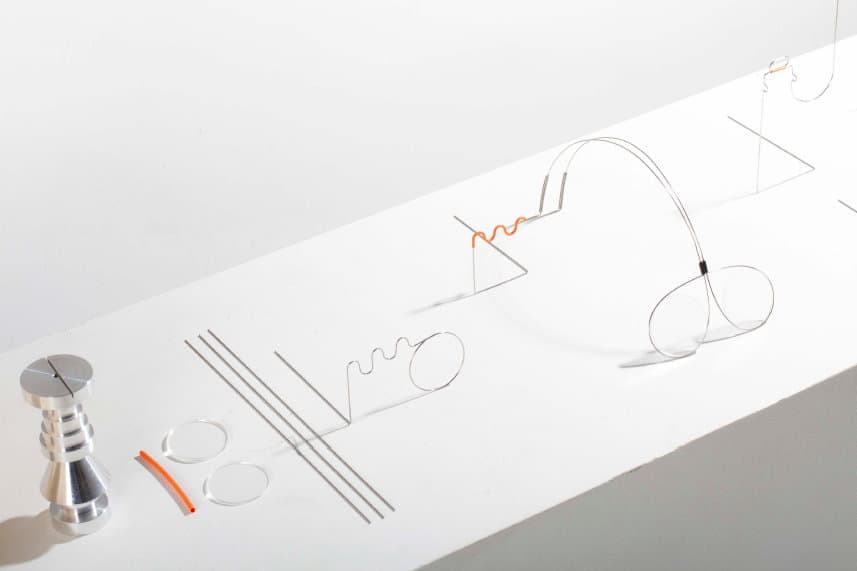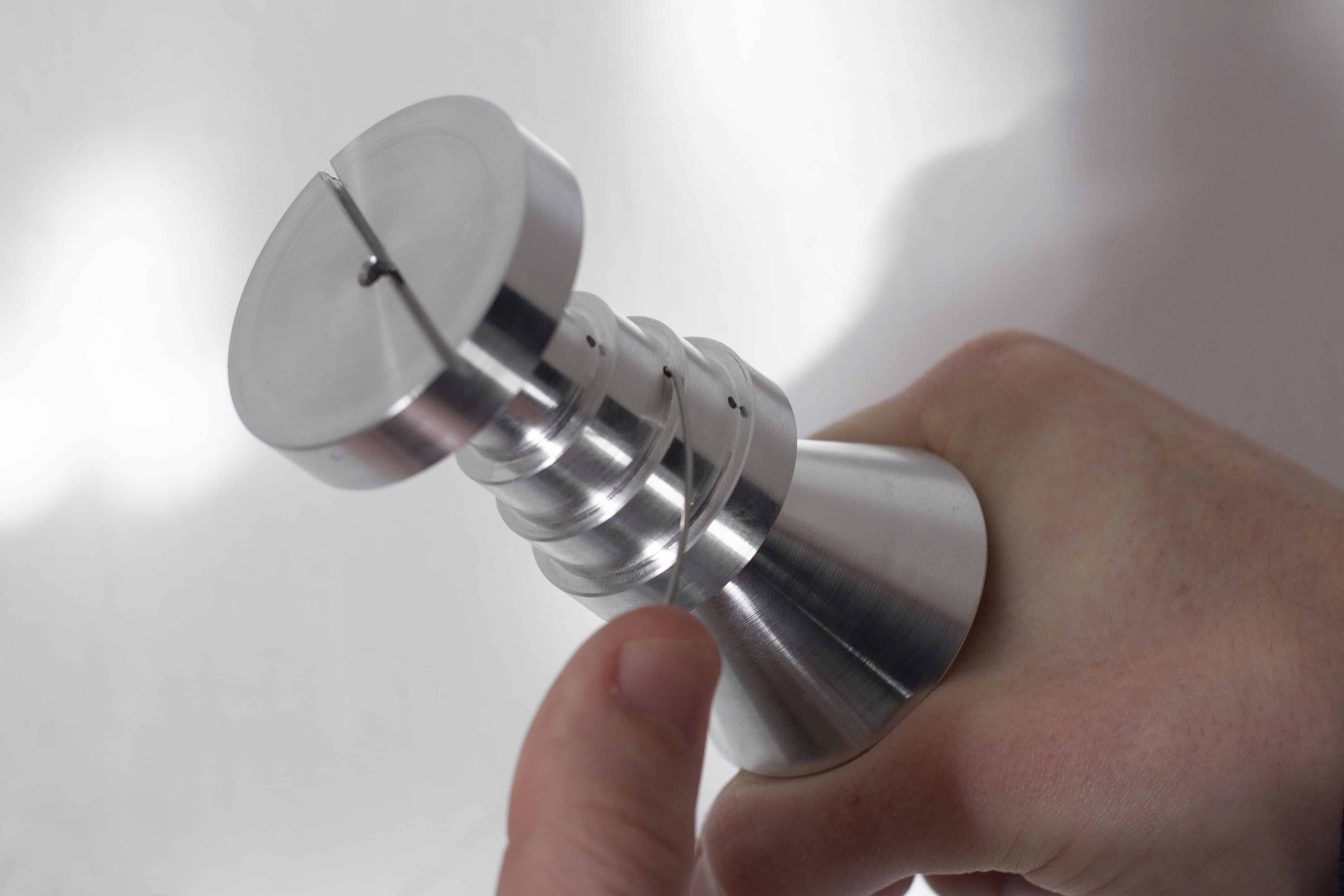What really gives us the feeling of happiness, peace, luxury or security? Can their creations of designers, architects, artists, creators improve our lives? And what does mean to have better life, in relation to objects? Meet seven emerging designers which designs provide some incredible solutions to make our lives better and happier.
M°Or, Homemade Fermentation Set by Katarzyna Wasilewska
M°Or, by this year’s graduate of the Academy of Fine Arts in Wrocław, is an offer to return to the tradition of home-made sour products that have a very positive impact on our health. It’s an elegant and easy-to-use glassware, combination of tradition and modernity, makes it easy to obtain own fermented products. The transparent glass gives the opportunity to see changes over a time in the jar, on an everyday basis. Cover is made of stoneware. The product has been equipped with an active carbon filter to absorbe fermentation odors. The set is also equipped with a laddle to taste fermented juices. Name- M°Or, means more than normal fermentation and abbreviation of MicrORganisms.
ASHka, ash-made ceramic by Mateusz Mioduszewski
Student of the Academy of Fine Arts in Katowice, majoring in Industrial Design, Mateusz already has received the main prize in the international Blue Drop competition and a distinction at the Graduation Project 2019. Living in Silesia, he realised how and in what quantities coal is used. While carrying out his market research, he paid attention to the field of commercial power engineering. The fact that a large part of the energy sector is based on fossil fuels from on the national scale is not insignificant. Going further into the subject, he noticed that behind the whole economy there are huge deposits of waste, and it should be noted that the majority of energy-related residues are ashes. Numerous attempts have led him to the creation of a plastic made up of as much as 70% of ash waste. This technically tested material proved to be an excellent material for making ceramic plates, dishes and pots with an open possibility to expand the product range. An additional feature of the material is its extensive potential resulting from the possibility to shape the raw material through a variety of natural dyeing and forming processes.
Laboratory of Senses by Magdalena Cieślak
Graduate of the University of Arts in Poznań, majoring in Design, Magdalena created the project Laboratory of the senses – a range of vessels that help capture smells connected with the sense of sight to close and direct our eyes at movements and ears at sounds which we can observe in the process of meal preparation. The inspiration was a tea-making ceremony, bringing together all the senses involved in that process. The main element of her research was to eliminate the fire and to extend the process of creating a meal so that the user could take part in it, but only from the perspective of an observer – the senses are then stimulated and the wait for the consumption ends in greater pleasure. In the spirit of Fine Dining, the experience was reinforced by designing a new set of experimental vessels. The granite base maintains the temperature after heating – this allows different processes to be take place in front of the user. The three places symbolise the 3 different processes selected for the presentation – frying, smoking and melting. Each of them involves the use a different glass dome, which covers the dishes.
NIDO by Agata Starmach – guardians of our memories
Kraków–born Agata Starmach desgined NIDO figures which are guardians of our memories. Their job is to materialise, anchor and preserve personal memorabilia. The objects do not reveal their functions to us through their form, they are kind of hiding-places, which only their owner knows about. Each of them holds a hidden pen drive, on which we can save selected files, representing important memories. Agata – recent graduate from the Domestic Design at the School of Form – focuses on designing objects and spaces, and her concepts are often based on humanities research.
Titanium, silicon, air by Paulina Kwiatkowska
Paulina Kwiatkowska designs products and is interested in social conditions of design. Her projects have been awarded in competitions such as Graduation Projects, Coming Out and the Yes scholarship programme. Titanium, silicon, air is a collection of objects which affect the quality of indoor air, purifying it, regulating humidity and temperature. The main medium used in the project are fabrics, reinforced with substances which increase the efficiency of the processes. Their effects are as natural as possible. Both titanium oxide and silica gel penetrate the structure of the material, creating subtle and aesthetically pleasing solutions. At the same time, they can become the background for the life of the household or the subject of everyday rituals. The objects designed in this way emphasize the importance of air quality and how it is influenced by the materials we surround ourselves with.
The One Dollar Glasses Germany by Nil Koerner and Patrick Henry Nagel (Haus Otto)
The One Dollar Glasses, playfully explores the possibilities of wire in the production of glasses. Created by Haus Otto (design studio that works in the field of product design and space), the aim of the project is to educate people in developing countries and provide them with the right bending tools, they can autonomously produce their own glasses. The aim was to explore the possibilities and limits of the system and materials such as spring steel, heat shrink tubing, and lenses, for less than one dollar. The project aspired to create a broad spectrum of solutions and is based on the Non-Profit organisation EinDollarBrille e.V. The designers – Patrick Henry Nagel, born in 1993 and Nils Körner, born in 1992 met at the University of Art and Design in Stuttgart. After Nils studied as a guest student at the University of Art and Design in Helsinki and Patrick at the San Jose State University in California they started to work together for customers in economy and culture as well as on self-initialised projects.
Holi by Agnieszka Cieszanowska and Anna Jurgielewicz
Holi transfers phenomena that can be observed in nature into the household.
Designed by a young yet very awarded duo of designers, Holi are the vases – minimalistic in form which in combination with light, create an abstract colour landscape. Lighting effects and colour mixing are the result of dichromatic coating placed in cylinders at different angles (parallel to the ground and at an angle of 30 degrees). In Holi the colours are activated in contact with light – without that factor the vases seem to be transparent, cylindrical forms. When exposed to sunshine the multi-coloured surface casts colourful shadows on the ground, while water poured into the vases shimmers. By changing the angle of light or point of view, we can see new colour combinations, which range from basic to derivatives. Cieszanowska and Jurgielewicz were awarded in national and international competitions: Młodzi na Start – Elle decoration during Gdynia Design Days 2018, ECO Make: Blue Drop 2018 and Kruhy at vode 2018 and Siemens Future Living Award 2019.
The listed designers are awarded in the competition for young designers – make me! organised by Łódź Design Festival. The launch of exhibitions presenting the works of the winning artists was taking place on May 17th. Contemporary Lynx is a proud Ambassador of this year’s edition of ŁDF.







